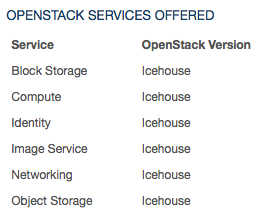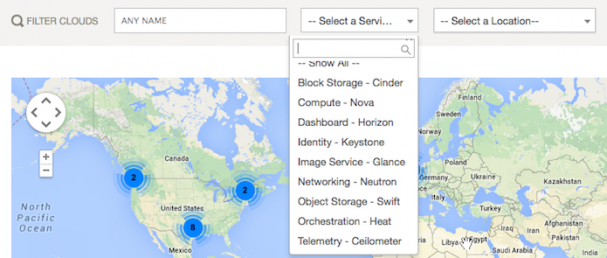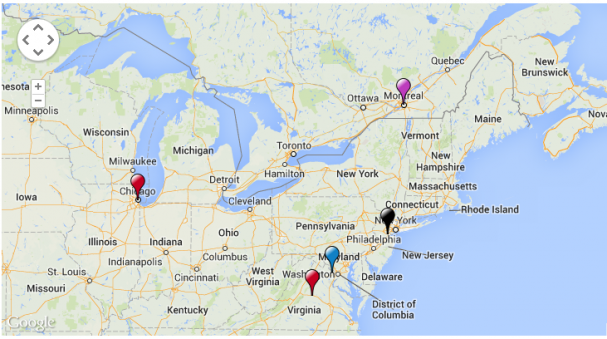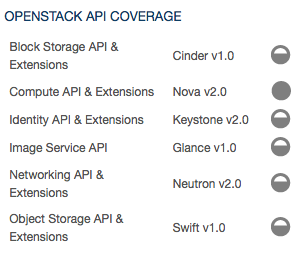This article originally appeared on David Moreau Simard’s blog. David is an IT Architecture Specialist at iWeb, an Internap company. His experience comes from research and development around building, monitoring and operating high availability hosting, storage and cloud architectures. He is a fan of Ubuntu, Python, Ceph, OpenStack and Swift (the object store!). You can follow him on Twitter.
How to find a great OpenStack provider. Isn’t that a good question ?
The OpenStack foundation thinks so, too. That’s why it announced the release of the OpenStack Marketplace at the last OpenStack summit in Atlanta.
It’s definitely a step in the right direction towards helping users find trustworthy providers of OpenStack services. To be listed, providers must meet basic requirements that are verified by the foundation.
The great thing is that the marketplace is not limited to public or private cloud offerings, you’ll also be able to find offers for training or consulting, too.
Let’s look at some of the most important characteristics which make up for a great cloud provider.
The Right Provider
Using the Marketplace, you’ll be able to search based on some critera – some of which are required to be even considered in my book.
Up-to-date is better
The marketplace tracks the versions of the providers’ deployments. Make sure they’re up-to-date:

Right now, the latest release of OpenStack is “Icehouse”.
The next version, “Juno”, is scheduled to be released in mid October 2014.
Newer releases not only fixes bugs but also introduces new features, performance improvements and better integration. You don’t want to get stuck with a provider that isn’t able to or won’t update it’s platform.
Available projects
This one is easy but you need to make sure the provider offers what you need before signing up !

A typical OpenStack deployment should provide, at the very least, the following services:
- Identity (Keystone): To authenticate with the various OpenStack services
- Compute (Nova): To spawn virtual machines
- Networking (Neutron): To provide networking to your VMs
- Images (Glance): To provide OS installation images for your VMs
Then, these will also prove useful but are not necessarily offered by all providers:
- Block Storage (Cinder): For persistant block volume storage
- Object Storage (Swift): For object storage
- Orchestration (Heat): For orchestrating and scaling applications
- Telemetry (Ceilometer): For metering, billing, used also with Heat
- Dashboard (Horizon): A web interface for managing most OpenStack projects
Location, location, location…
You want your provider to have deployments that are geographically close to your target market. This is more important in some business than others but the less latency, the faster, the better.. right ?
The marketplace makes this one easy by listing each of the location served by each provider.


API Availability
To really leverage the strengths of a flexible cloud deployment, you’ll want API access.
A very common use case with OpenStack clouds is that you are able to dynamically spin up and down virtual instances on demand with the help of the API.
Again, the marketplace comes through for us and lists not only the available APIs but also their version and if there are any limitations:

If the complete API is not available, the gauge won’t be full.
Make sure to contact the provider to inquire about possible limitations so you know what to expect. Sometimes, implementations or security will require providers to limit availability to some calls.
The other criterion
By making sure that you’ve got the basics down with the help of the OpenStack marketplace, you’ll be in a great position to narrow down the list of providers that look interesting.
Once you have that list, it’ll be time to ask them about the other important things such as price, service level agreements or performance.
Still lost?
Have questions? Still lost?
Drop me a line and we can chat about your requirements.
Also Read:
- Finding the right OpenStack provider - October 13, 2014

)







